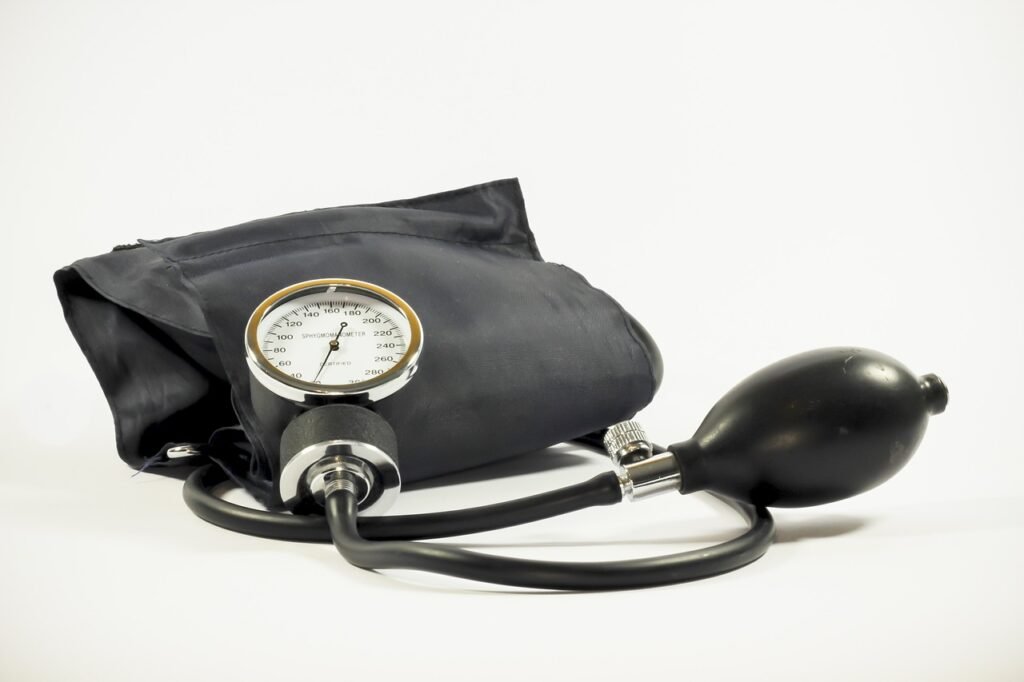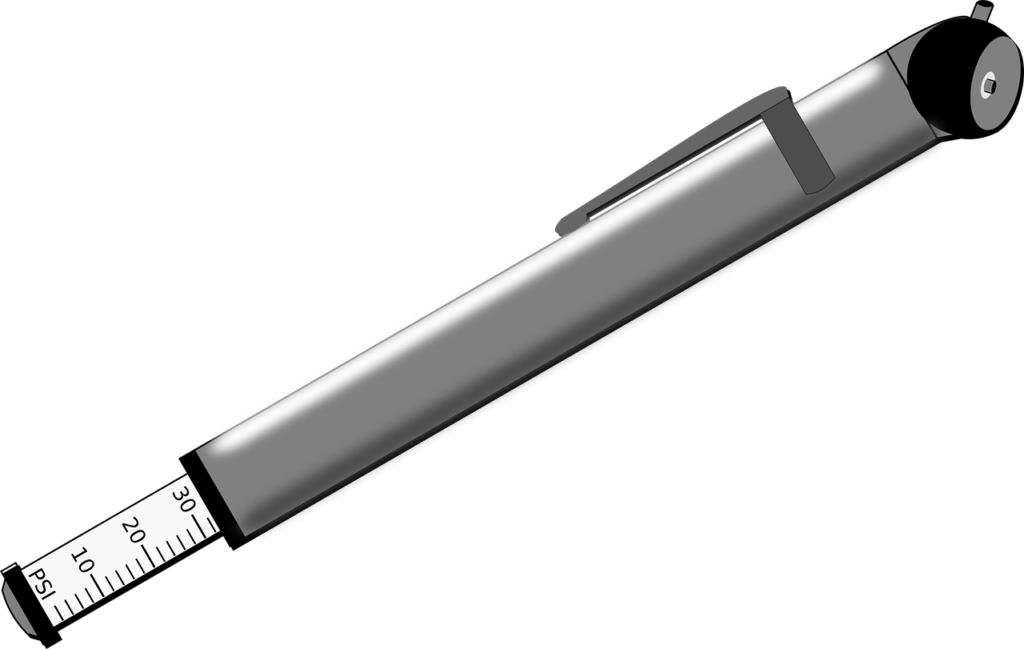Welcome to an article about the importance of tire pressure monitoring systems! Maintaining proper tire pressure is crucial for both your safety and the longevity of your tires. Tire Pressure Monitoring Systems, also known as TPMS, help you easily keep track of your tire pressure and avoid potential issues such as blowouts or poor fuel efficiency. Let’s explore why having a TPMS installed in your vehicle is a wise choice for every driver. Have you ever wondered why tire pressure is so important for your vehicle’s performance and safety?
Understanding Tire Pressure Monitoring Systems
Tire Pressure Monitoring Systems (TPMS) are a crucial component of modern vehicles, designed to monitor the air pressure in your tires and alert you if it falls below a certain level. This technology has become standard in most vehicles for good reason – it can help improve fuel efficiency, extend tire life, and ensure optimal safety on the road.
How does TPMS work?
TPMS typically involves sensors located in each tire that measure air pressure and send this data to a central control unit in your vehicle. If the pressure in any tire drops below a certain threshold, a warning light will illuminate on your dashboard, indicating the need for immediate attention.
Why is proper tire pressure important?
Maintaining the correct tire pressure is crucial for several reasons. Overinflated tires can lead to a rough ride, reduced traction, and uneven tire wear. On the other hand, underinflated tires can generate excess heat, increase rolling resistance, and decrease fuel efficiency. By monitoring your tire pressure regularly, you can avoid these issues and ensure a smooth, safe driving experience.
Benefits of TPMS
Having a TPMS installed in your vehicle offers a wide range of benefits that can enhance your driving experience and save you time and money in the long run.
Improved safety
One of the primary benefits of TPMS is improved safety on the road. Properly inflated tires provide better traction, handling, and braking performance, reducing the risk of accidents caused by underinflated or overinflated tires. With TPMS, you can quickly identify and address any tire pressure issues before they escalate into safety hazards.
Enhanced fuel efficiency
Maintaining the correct tire pressure can significantly improve your vehicle’s fuel efficiency. Underinflated tires increase rolling resistance, forcing your engine to work harder and consume more fuel. By keeping your tires properly inflated, you can maximize your fuel economy and save money on gas in the long run.
Extended tire life
Proper tire pressure is essential for preserving the longevity of your tires. Underinflated tires wear out faster, as the edges of the tread bear the brunt of the load. Overinflated tires, on the other hand, wear out the center of the tread prematurely. By keeping your tires at the right pressure level, you can ensure even wear and extend the life of your tires.

This image is property of pixabay.com.
Types of TPMS
There are two main types of TPMS available on the market – direct TPMS and indirect TPMS. Each system operates differently and offers unique advantages and disadvantages.
Direct TPMS
Direct TPMS uses sensors mounted on each tire’s valve stem to measure air pressure and transmit data to the vehicle’s control unit. This system provides real-time, accurate readings of tire pressure and alerts the driver immediately if there is a problem. While direct TPMS is more precise and reliable, it can be more expensive to install and maintain.
Indirect TPMS
Indirect TPMS relies on the vehicle’s anti-lock braking system (ABS) to detect changes in tire pressure based on wheel speed and other factors. This system does not require additional sensors but is less accurate and responsive than direct TPMS. Indirect TPMS is typically less expensive but may not provide as reliable data as direct TPMS.
Maintaining Your TPMS
To ensure the proper functioning of your TPMS and maximize its effectiveness, it is essential to perform regular maintenance and follow a few simple guidelines.
Check tire pressure regularly
Monitor your tire pressure at least once a month and before long trips to ensure that your tires are inflated to the correct level. Use a quality tire pressure gauge to measure the pressure accurately and adjust it as needed. Remember that tire pressure can fluctuate with temperature changes, so check it more frequently in extreme weather conditions.
Replace faulty sensors
If your TPMS warning light illuminates and stays on, it may indicate a malfunctioning sensor or a low battery. Have your sensors checked and replaced if necessary to prevent false alerts or errors in tire pressure readings. Regular sensor maintenance can help maintain the accuracy and reliability of your TPMS.
Calibrate your TPMS
Many TPMS systems require calibration after rotating or changing tires to ensure accurate readings. Follow the manufacturer’s guidelines for recalibration or seek professional assistance to adjust your TPMS properly. Proper calibration is essential for the optimal performance of your TPMS and the safety of your vehicle.

This image is property of pixabay.com.
Conclusion
In conclusion, tire pressure monitoring systems play a vital role in maintaining the safety, performance, and efficiency of your vehicle. By understanding the importance of proper tire pressure and the benefits of TPMS, you can take proactive steps to ensure the well-being of your vehicle and enhance your driving experience. Remember to check your tire pressure regularly, maintain your TPMS system, and follow best practices for tire maintenance to enjoy a smooth, safe ride on the road.





